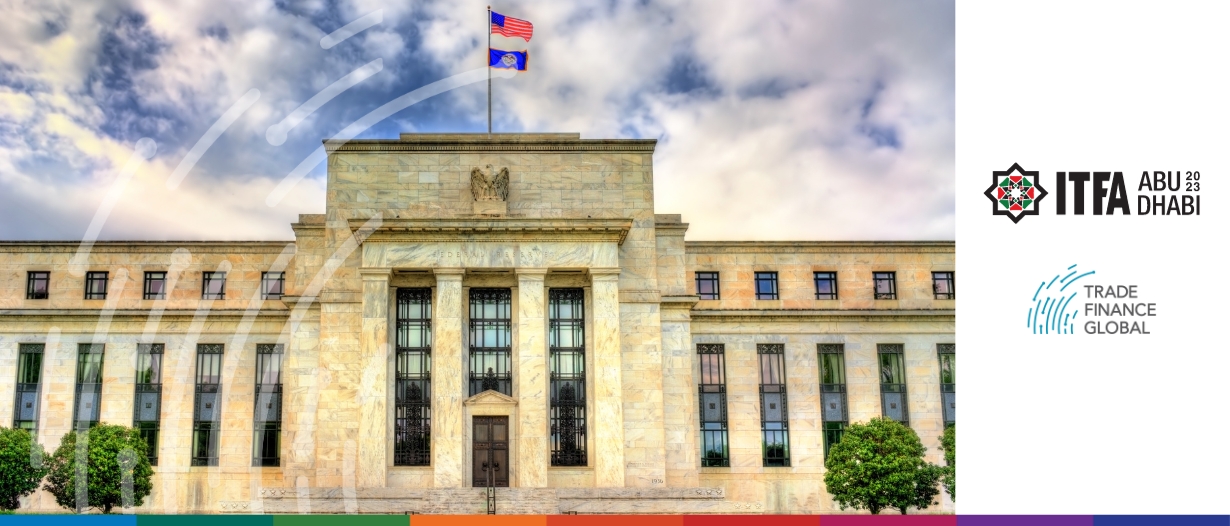Estimated reading time: 3 minutes
At the ITFA conference in Abu Dhabi, Trade Finance Global (TFG) spoke with Khilola Turaeva, the Head of Trade Risk Distribution for GTS EMEA at Bank of America to speak about the world of global trade asset and risk distribution.
Shifting trends in distribution
In recent years, the trade distribution market has experienced a high level of activity, requiring constant adaptation to a dynamic environment.
For one, the legal framework governing risk distribution has undergone significant evolution, largely attributed to organisations like ITFA and BAFT. Industry-standard documents like the Master Risk Participation Agreement (MRPA) have been updated to reflect these changes.
There has also been a notable expansion in the involvement of non-bank financial institutions in the trade distribution market, an area where banks have traditionally been the primary players.
Turaeva said, “In the past few years, we have seen non-bank financial institutions become more knowledgable and more attracted to participating in the financing of cross-border trade and supply chain finance as it offers them diversified low-risk and short-dated cash flow.”
Finally, of course, no conversation about the current state of trade distribution would be complete without mentioning digitalisation.
Turaeva added, “Digitalisation is a broad topic and is currently a major focus for both the primary origination market and trade asset management. The most demanding change is driven by the desire to automate very manual distribution processes.”
Some market participants and fintech companies aim to take this even further by proposing the automation of entire marketplaces.
A more innovative approach has the potential to transform the risk-sharing industry. Nonetheless, the direct bank-to-bank partnerships remain fundamental for the trade distribution business.
These partnerships rely on established relationships and previous experiences with a wide range of financial and non-financial institutions, underscoring their continued importance in this evolving landscape.
Bank of America in the changing landscape
Amidst this continually evolving landscape, Bank of America has adapted its approach to risk distribution to address key priorities and leverage emerging opportunities.
Turaeva said, “Ensuring the diversity of our investor base and stability of appetite is one of our main areas of focus when it comes to risk distribution.”
To achieve this, the bank has proactively broadened and enhanced its investor franchise, leveraging its global footprint and enabling it to optimise its trade portfolio through its strategic risk distribution.
Notably, it has recognised the significance of non-bank financial institutions in the wider cross-sell relationship strategy and has actively engaged with various institutional investors across different regions and risk distribution desks.
The key driver behind Bank of America’s risk distribution strategy is providing flexibility of financing, particularly for products like supply chain finance.
Turaeva said, “Given the ongoing nature of the supply chain finance facility, constant capacity creation is extremely important to ensure the growth of the supply chain finance program.”
This involves streamlining operations through single platform integration for buyers, facilitating new supply onboarding, and maintaining a flexible syndication structure in the background.
Bank of America’s trade transformation strategy has also played a pivotal role in recognising the complexity of the trade ecosystem and leveraging digitalisation to streamline various aspects.



























